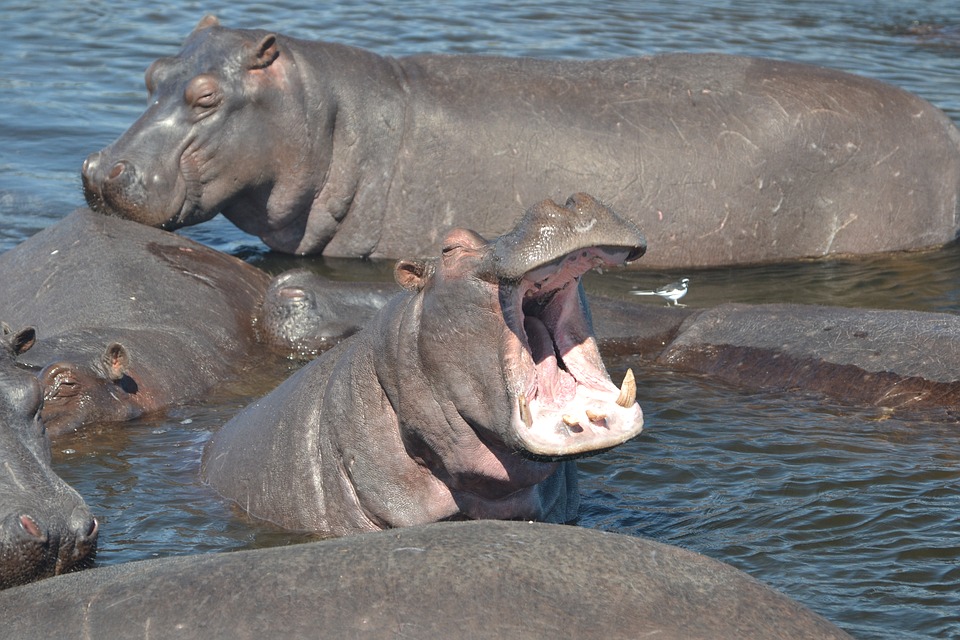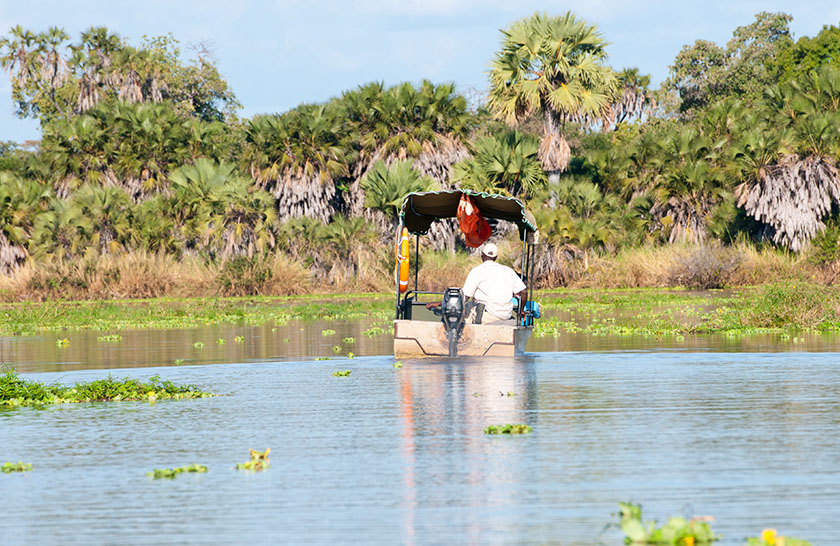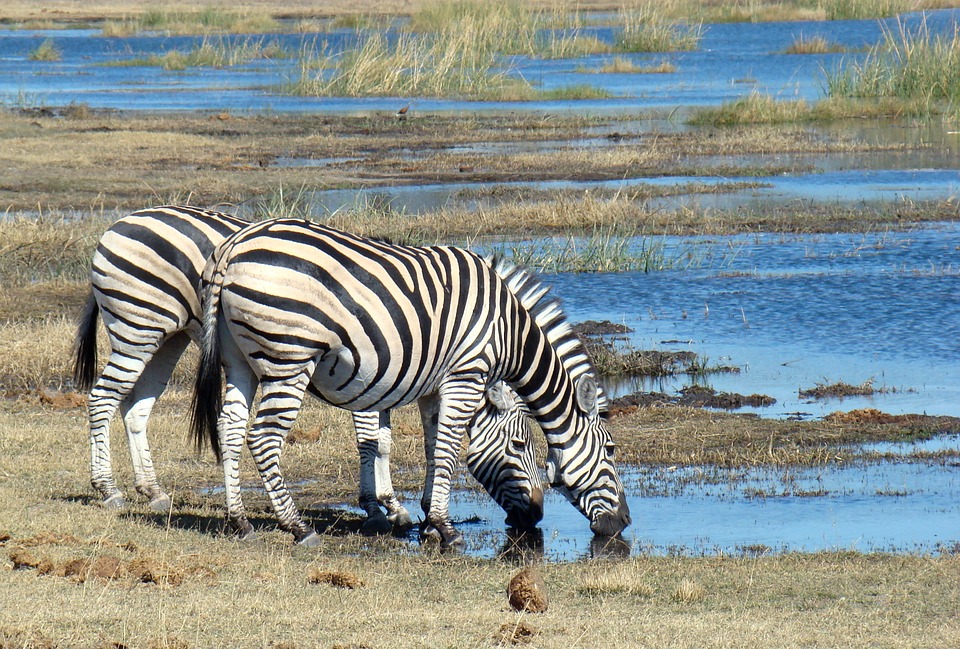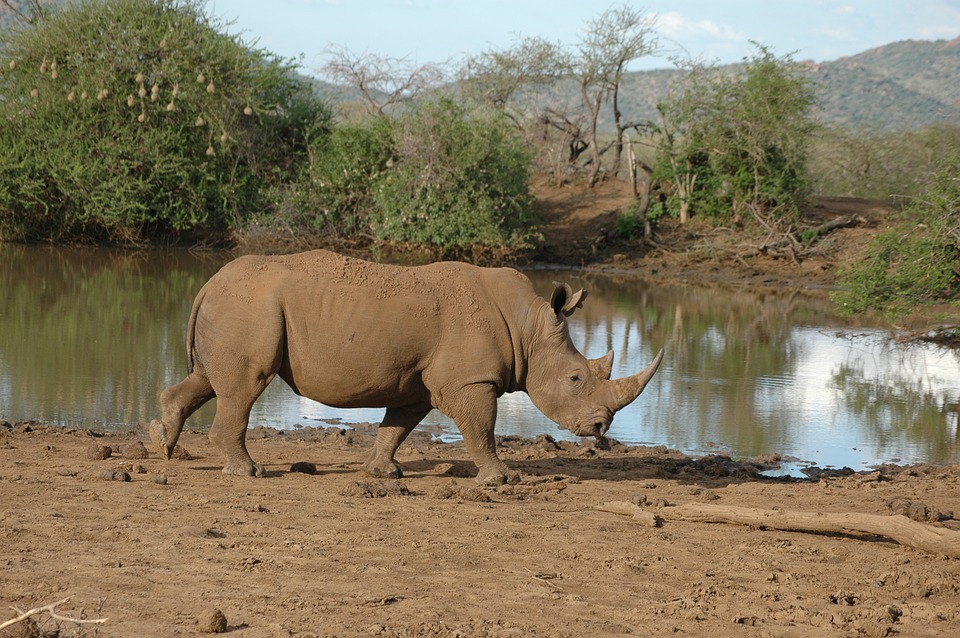Nyerere National Park
Nyerere National Park, is a vast wildlife conservation area located in southern Tanzania. It is one of the largest protected areas in Africa and is recognized for its diverse ecosystems, including savannahs, woodlands, grassy plains, and the Rufiji River, which flows through the reserve.




Size and UNESCO Designation:
- Selous Game Reserve covers an extensive area of approximately 50,000 square kilometers (about 19,300 square miles). It is one of the largest game reserves in Africa.
- The reserve was designated a UNESCO World Heritage Site in 1982 due to its ecological importance and the diversity of its wildlife.
Wildlife:
- Selous is home to a wide variety of wildlife, including large populations of elephants, buffaloes, hippos, and crocodiles.
- The reserve is also known for its diverse birdlife, with over 440 bird species recorded, making it a paradise for birdwatchers.
Predators and Large Mammals:
- Selous Game Reserve is home to predators such as lions, leopards, cheetahs, and wild dogs. The reserve’s size allows for a healthy predator-prey balance.
- Other large mammals found in Selous include giraffes, zebras, wildebeests, and various antelope species.
Rufiji River:
- The Rufiji River is a central feature of Selous and plays a crucial role in the ecosystem. It provides water to a variety of wildlife and is home to a significant population of hippos and crocodiles.
- Boat safaris along the Rufiji River offer a unique perspective on the reserve’s wildlife.
Activities:
- Visitors to Selous Game Reserve can enjoy a range of activities, including traditional game drives, boat safaris, walking safaris, and fishing excursions.
- Walking safaris provide an opportunity to explore the reserve on foot, accompanied by experienced guides, offering a different and more intimate wildlife experience.
Conservation Challenges:
- Despite its UNESCO status, Selous has faced conservation challenges, including poaching. In recent years, efforts have been made to address these challenges and protect the reserve’s unique ecosystem.
